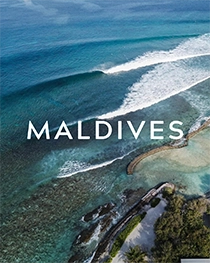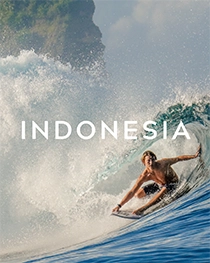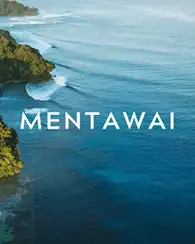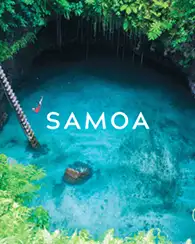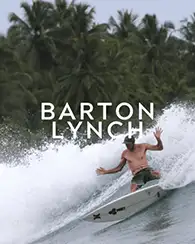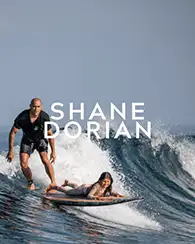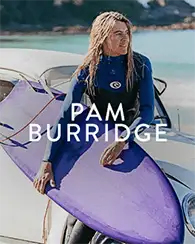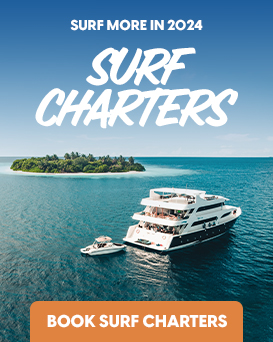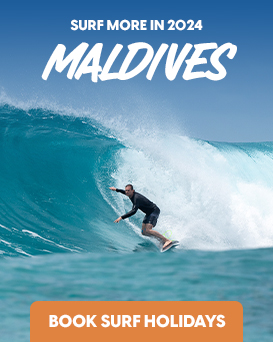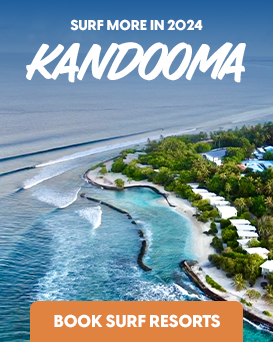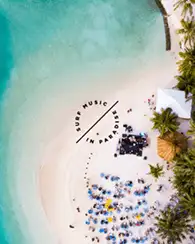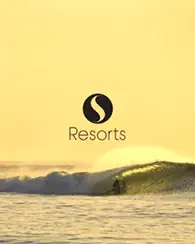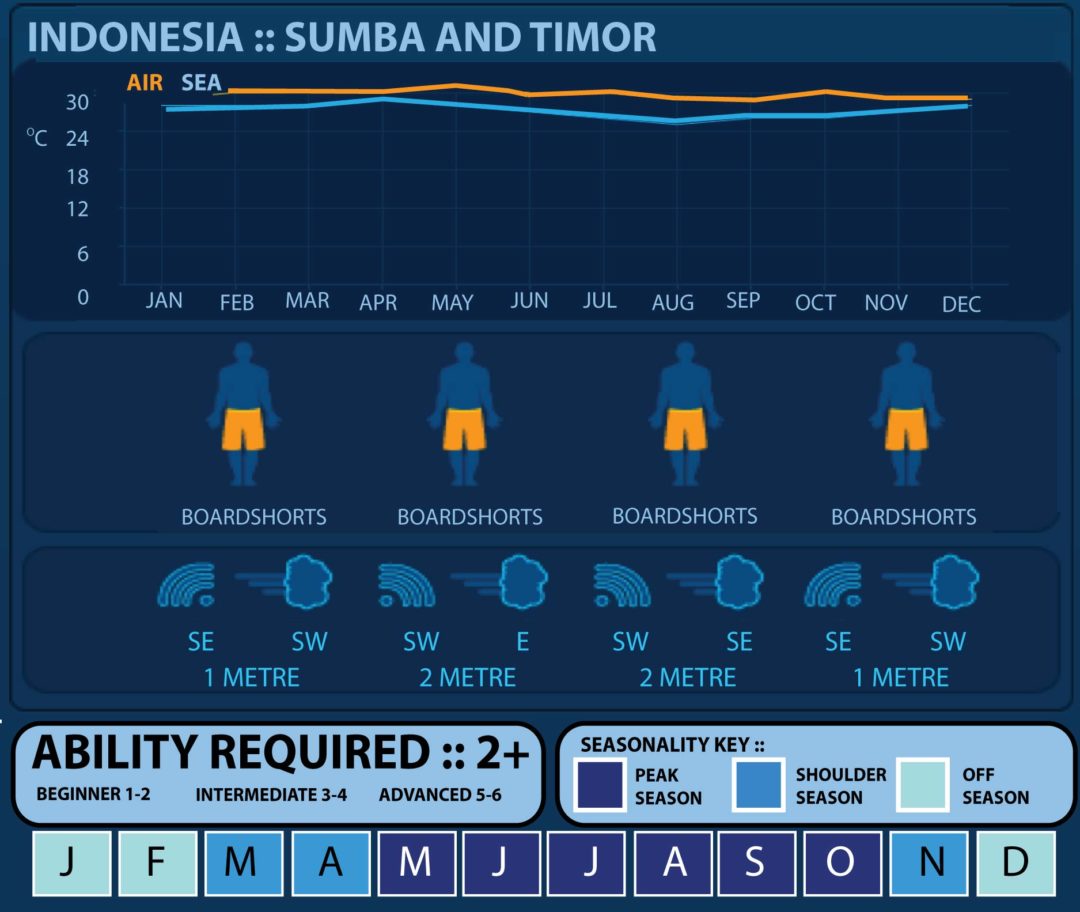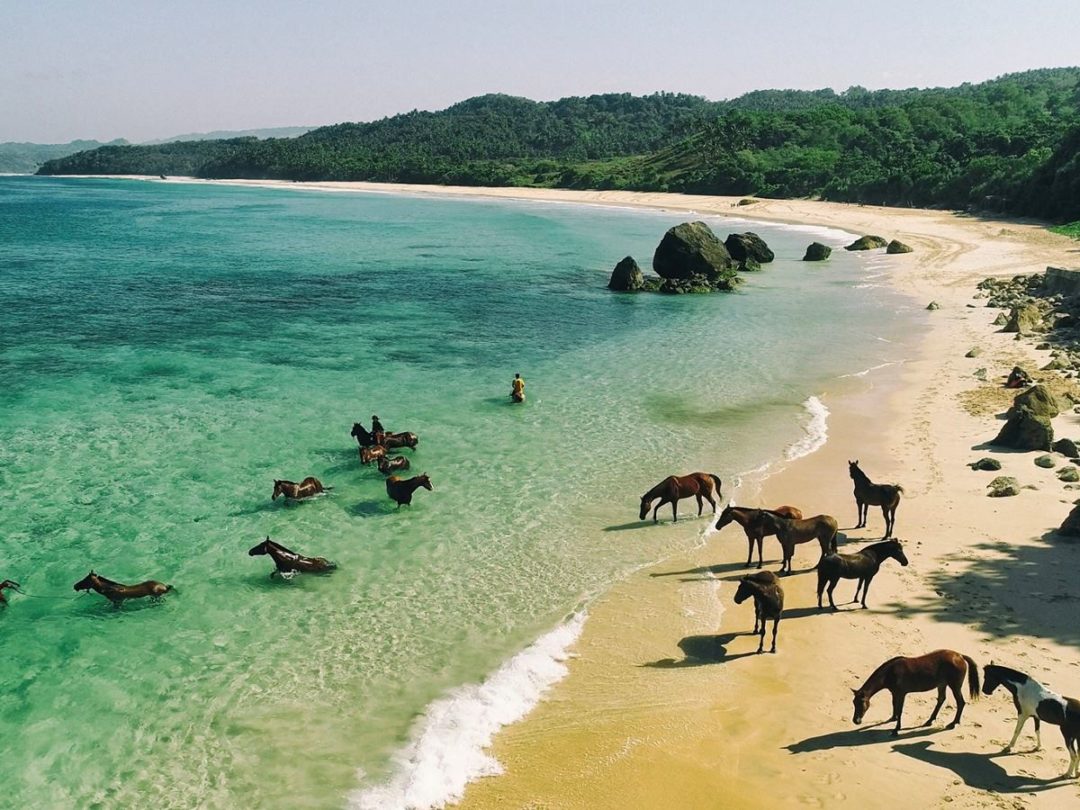Sumba Surf Travel Guide
GalleryWith its small population, dry tropical climate and traditional rural villages Sumba feels very different from other surfing destinations in Indonesia. The roads are infrequently used and most accommodation caterers for hard-core surfers. There is however one incredible exception; the resort of Nihi Sumba. It is a unique set up being a luxury, eco-resort with exclusive use of the world class “Occy’s Left” out the front. Now it ain’t cheap, I mean Brody Jenner tied the knot here, but it remains one of surfing’s true exceptional experiences.
Where to surf
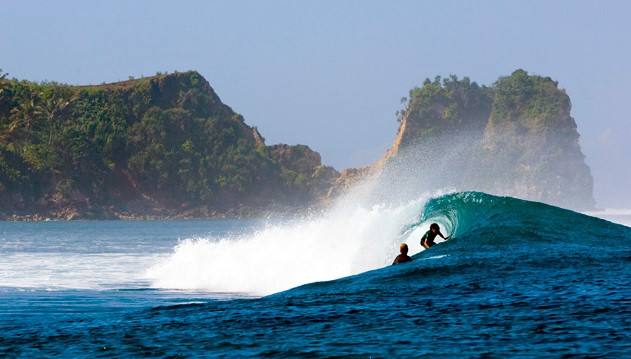

Occy’s Left
Also known as God’s Left for good reason. The wave out the front of Nihi Sumba Resort works at any size, but the bigger the better and it gets extremely fast and hollow at low tide.
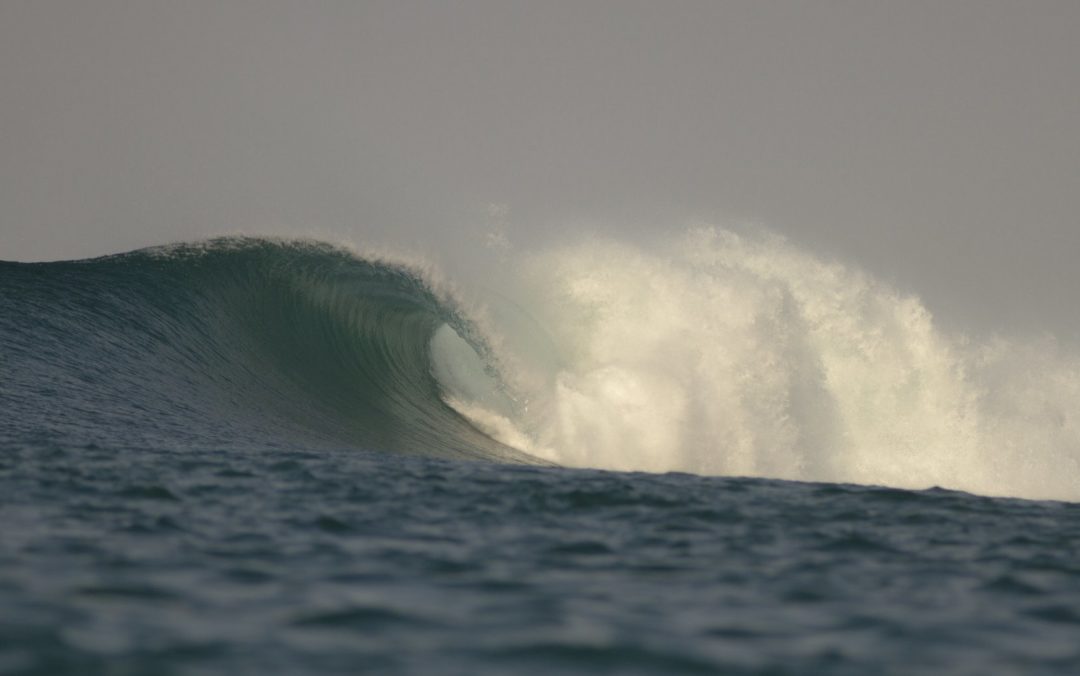

Miller’s Right
Located in Tarimbang this is probably Sumba’s most ridden wave. The fast, hollow sections on the long righthander split the crowd and there are also softer shoulder sections for surfers of all abilities riding all crafts.
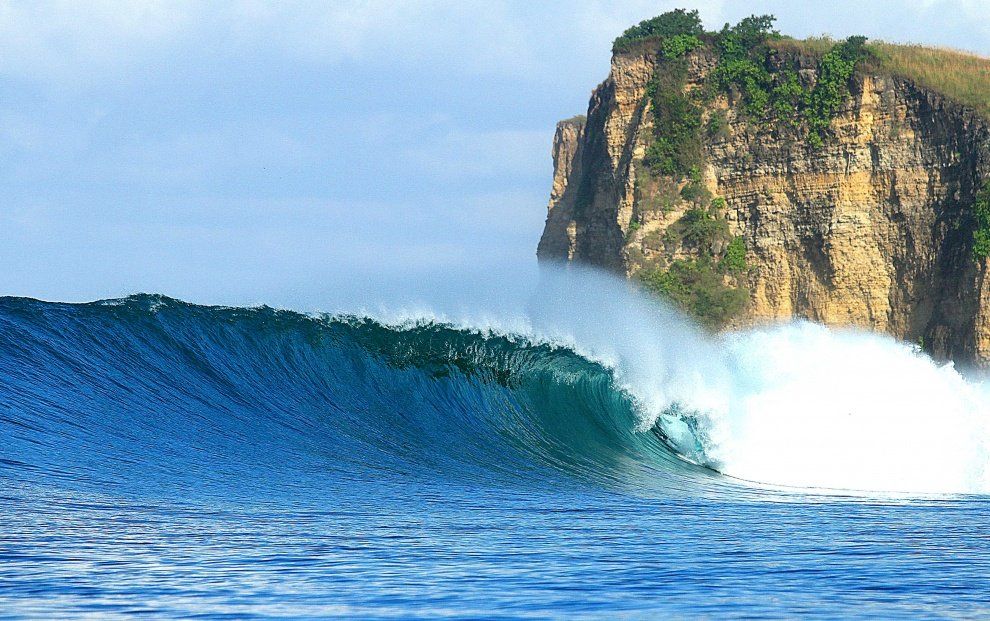

Pantai Marosi
Big, shifty, deepwater right with power and long hold-downs. In a small swell, there’s a fun, hazard-free beachbreak.
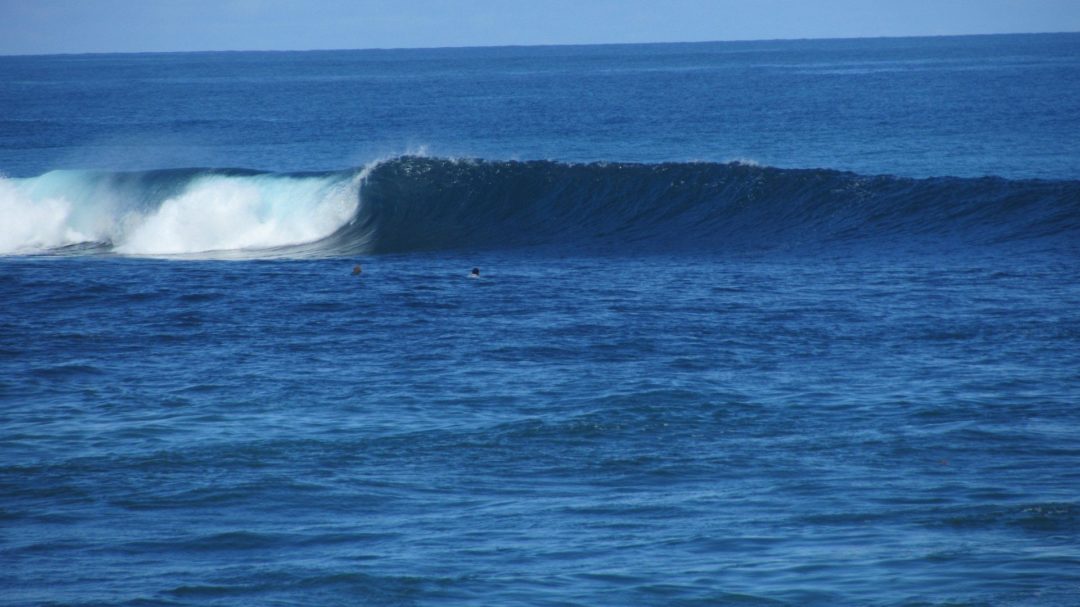

Pero Lefts
Highly consistent, this wave holds as big as it gets. Pero Lefts can be excellent as swell is refracted heavily into big bowl sections with ample tube-time.
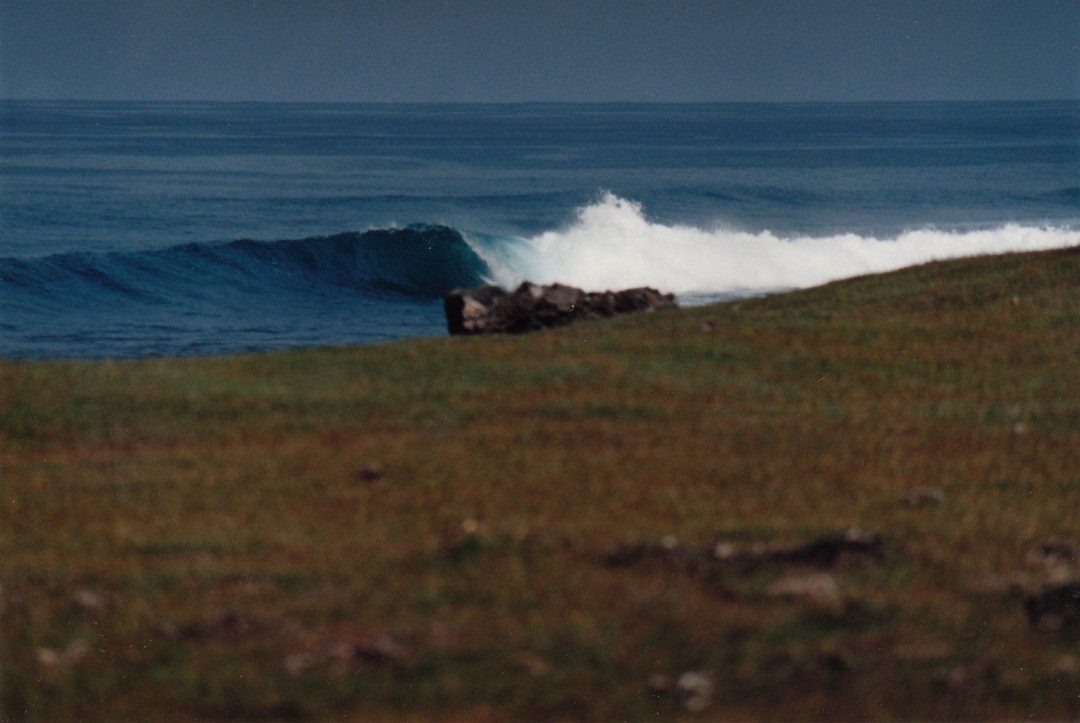

Pero Rights
Pero Rights are tricky and unforgiving with a sketchy cliff dead-end section. It also needs to be well overhead before it even starts breaking, making it a low consistency, experts only wave.
When to go
Sumba’s long southwest facing coast picks up all the swells that generate in the Indian Ocean during winter. April to September is the most consistent and comes with the southeast tradewinds which the best breaks need. However late season, especially October to December can provide glassy days and solid swells, with some more rare waves also springing to life. With a deep ocean trench off its exposed coast Sumba it is remarkably consistent.
Attractions
Sumba is surrounded by some of the most beautiful and untouched white-sand beaches on the planet. Culturally it is home to Indonesia's most prized ikat (patterned textiles), while the annual Pasola festival, which features a mounted spear-fighting competition has to be seen to be believed.
The Country
With over 255 million people, Indonesia is the world’s 4th most populated country. Consisting of thousands of islands, Indonesia is rich with tropical oceans, delicious fruits, and impressive volcanoes. Even with the nation’s large population, there are many opportunities to escape the crowds by visiting the country’s outer islands, rainforests, and beaches. Over the millennia, Indonesia has been controlled by many world superpowers – including the Dutch, French, British, and Portuguese. Since the end of World War II, Indonesia has remained a free nation with a constitutional government. Because of this diverse history, Indonesia has a unique blend of island culture, Western Colonialism, and Islamic lifestyle – making it a unique experience for any world traveller. If you enjoy respectfully meeting new people, you will undoubtedly find the people to be as beautiful as the oceans.
Getting There
There are daily flights from Bali’s Ngurah Rai International Airport in Denpasar (DPS) to Sumba Island’s Tambolaka Airport (TMC), which take about an hour. When planning your trip from any Western nation, remember to get your passport and visa ahead of time.
Travel Information
Time Zone
UTC+06:00
Currency
Indonesian Rupiah (IDR)
Calling code
+62
Electric
230 Plug type V, C, F





